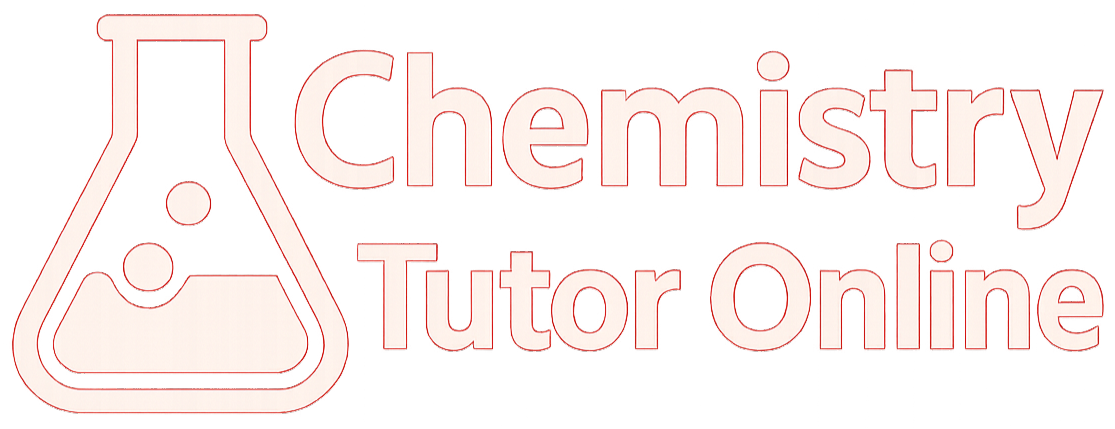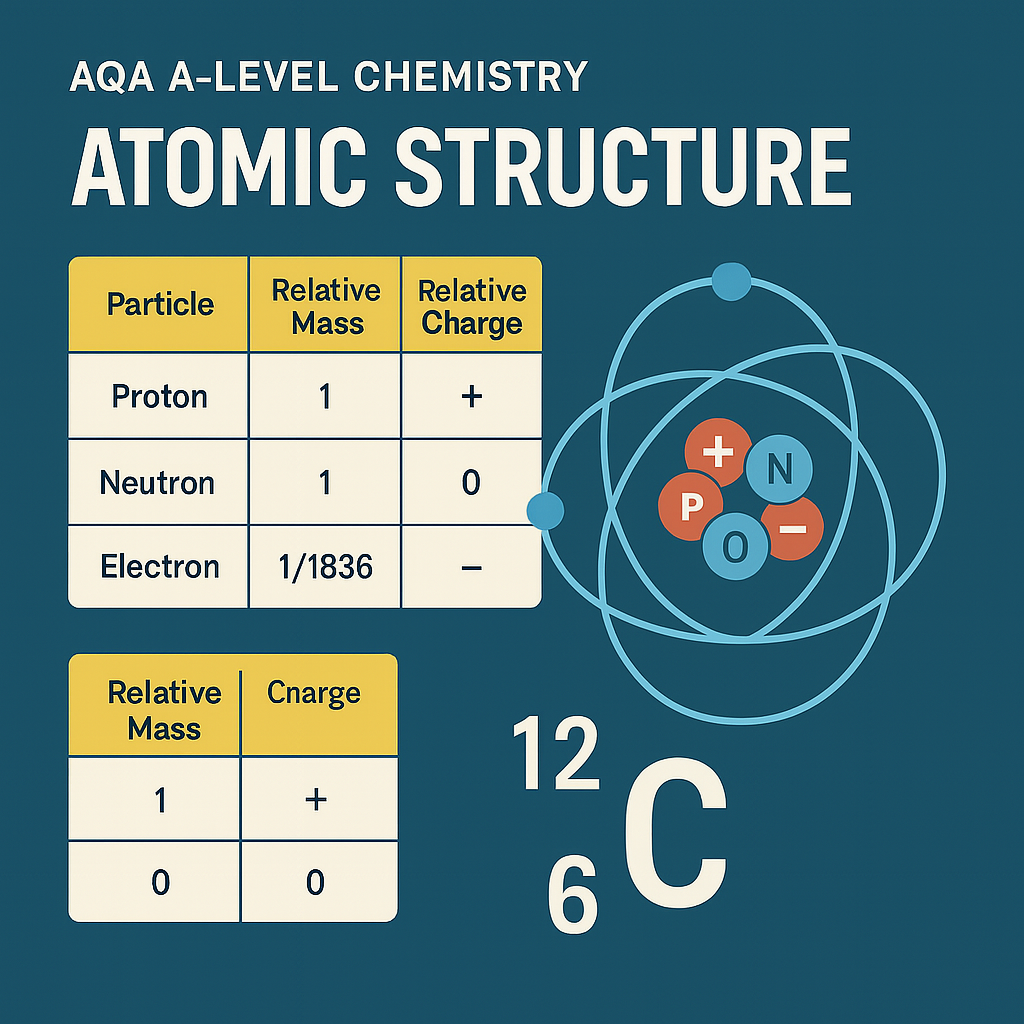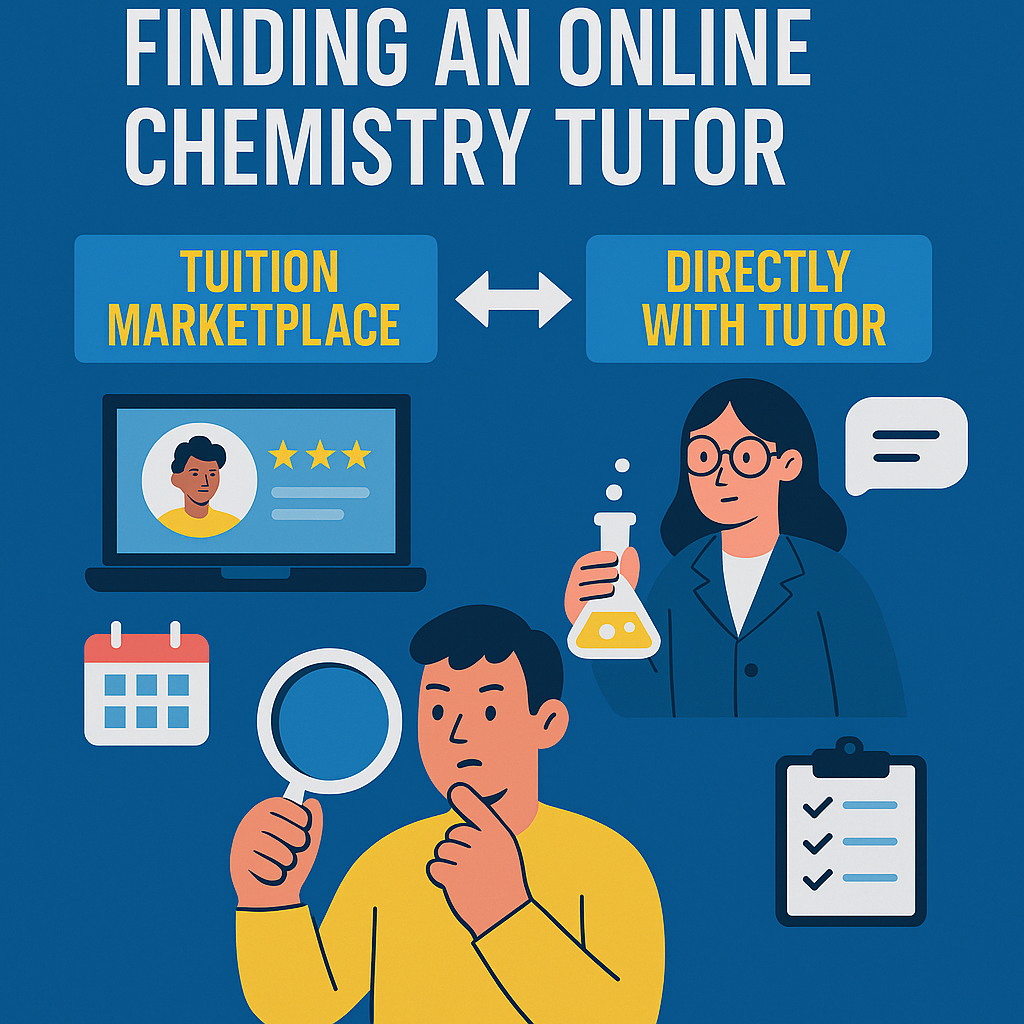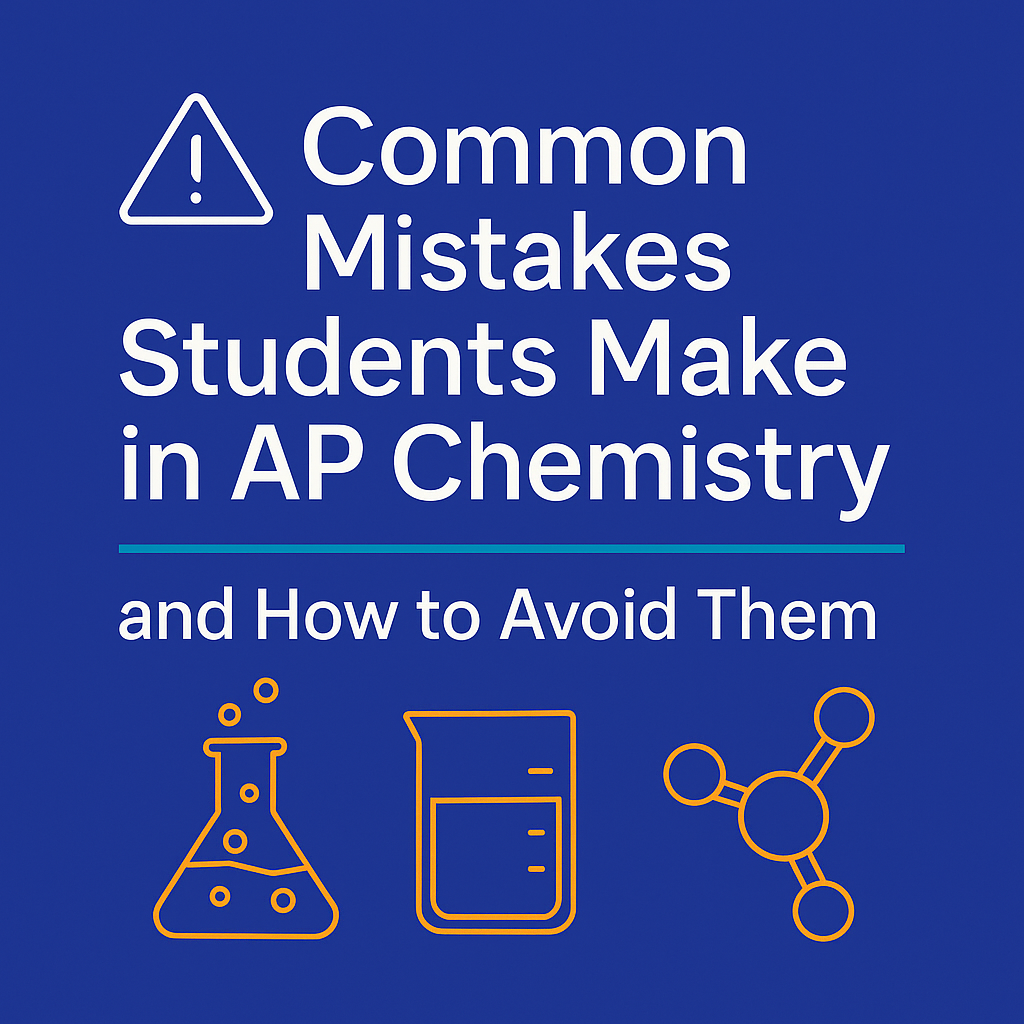Atom Economy, Percentage Yield and Green Chemistry: A-Level Exam Mistakes and How to Get Top Marks
With consistent practice and a clear strategy, you can turn this topic from a mark-loser into a guaranteed success on exam day.
Atom economy and percentage yield are staple questions in A-Level Chemistry exams. They appear every year, often in Paper 1 or 2, and are closely tied to the principles of green chemistry—an increasingly important focus in post-16 chemistry education.
Despite being highly markable, students frequently make avoidable errors with calculations, assumptions, and explanations. In this guide, we’ll break down:
The difference between atom economy and percentage yield
Why green chemistry matters in the exam
The most common mistakes A-Level students make
How to improve accuracy and get full marks every time
Why This Topic Matters
The AQA, Edexcel, OCR and CIE A-Level specifications all include atom economy and percentage yield as essential topics. They test:
Mathematical fluency
Chemical understanding
Environmental awareness
Precision in written responses
But these questions are about more than just numbers. They reflect real-world decision making in chemical manufacturing—balancing cost, efficiency, and sustainability.
A strong grasp of this topic can help you:
Secure easy marks in calculation questions
Write high-level evaluative answers
Stand out in synoptic or context-based questions
Strengthen your practical chemistry understanding (especially for Paper 3)
What Is Percentage Yield?
Definition:
Percentage yield compares how much product you actually make in a reaction to how much you could have made if the reaction was 100% efficient.
Formula:
Percentage Yield = Actual Yield Theoretical Yield × 100
Common context:
Used when discussing how efficiently a reaction has been carried out, especially in industrial settings.
What Is Atom Economy?
Definition:
Atom economy is a measure of how many of the atoms in the reactants end up in the desired product.
Formula:
Atom Economy = Molecular Mass of Desired Product Total Molecular Mass of All Products × 100
Common context:
Used to compare reaction pathways and assess how sustainable and environmentally friendly a chemical process is.
How Are They Different?
| Concept | Yield-focused | Sustainability-focused |
|---|---|---|
| Percentage Yield | Compares what you got vs what you should have got | Measures reaction efficiency based on lab outcome |
| Atom Economy | Compares product atoms to waste atoms | Measures reaction design efficiency |
A key distinction: you can have high yield but low atom economy if the reaction generates a lot of waste by-products.
Common Exam Mistake #1: Confusing Atom Economy with Yield
Students often mix up the two concepts in definitions, explanations, or even calculations.
Example:
Writing “atom economy is how much product you actually make compared to what you should have made” is incorrect—it’s the definition for percentage yield.
✅ How to get full marks:
Memorise both definitions accurately. Use:
“Yield” → Lab reality
“Atom economy” → Reaction design
Learn trigger words:
Actual, obtained, experimental → Yield
By-product, unwanted product, equation → Atom Economy
Common Exam Mistake #2: Incorrect Use of Molecular Masses
When calculating atom economy, students sometimes:
Use incorrect Mr values
Leave out products from the equation
Use mass instead of molecular mass
Example error:
Only including the desired product in the denominator when the question asks for total mass of all products.
✅ How to get full marks:
Always write out the full balanced equation first
List all products and calculate their Mr values
Use Mr, not grams
Be clear which product is the desired one
Common Exam Mistake #3: Mixing Up Moles and Mass
For percentage yield, students often:
Use actual mass in grams but theoretical yield in moles
Forget to convert mass to moles using Mr
This leads to unit mismatch and lost marks—even with a correct formula.
✅ How to get full marks:
Check units before substituting into any formula
If comparing two values, they must be in the same units (usually grams)
If given moles, use them consistently
Always state your working clearly
Common Exam Mistake #4: Not Showing Full Working
Even when students understand the concept, they lose marks by not showing intermediate steps.
Examiner tip: AQA and other boards award method marks for correct working, even if the final answer is wrong.
✅ How to get full marks:
Start with the formula
Show substitution
Include units
Circle or underline the final answer
Round to the correct number of significant figures if requested
Common Exam Mistake #5: Poor Evaluation in Green Chemistry Questions
When asked why a reaction is better for the environment, some students write vague answers like:
“It’s more efficient”
“It’s cheaper”
“It’s more sustainable”
These answers lack specific chemistry reasoning.
✅ How to get full marks:
Include clear, science-based justifications such as:
Fewer waste products produced
Higher atom economy means more reactants form desired product
Avoids use of hazardous reagents
Reaction conditions require less energy (lower temperature/pressure)
Back up each point with chemical logic, not just opinions.
Common Exam Mistake #6: Ignoring By-Products in Atom Economy
Some students only consider the desired product and ignore the rest.
Example:
In the reaction:
CH3COOH + C2H5OH → CH3COOC2H5 + H2O
The atom economy must include both ester and water in the denominator—not just the ester.
✅ How to get full marks:
Identify all products of the reaction
Label which one is desired
Use the total mass of all products for the denominator
Common Exam Mistake #7: Weak Application in Contextual Questions
In multi-part or synoptic questions, students sometimes fail to apply the atom economy concept to real-world reactions.
Example:
Given two synthetic pathways, they’re asked which is better and why. Students just say “pathway 1 is better because it gives more product”—but ignore atom economy or waste.
✅ How to get full marks:
Quote the atom economy value
Compare the amount of by-products
Consider raw material use, energy demand, and hazardous waste
Conclude clearly which is more sustainable and why
Common Exam Mistake #8: Not Using the Periodic Table
Sometimes, students struggle to find Mr values and make random guesses.
✅ How to get full marks:
The periodic table is provided in all A-Level exams
Use it to calculate accurate Mr values
Show elemental breakdowns when necessary:
E.g. Mr of CO₂ = (12.0) + (2 × 16.0) = 44.0
Accuracy here makes a big difference in tightly marked calculations.
Common Exam Mistake #9: Misreading the Question Intent
Some questions combine atom economy or yield with rate, equilibrium, or cost considerations. Students answer only on one dimension.
✅ How to get full marks:
Read carefully: Is it asking about sustainability, yield, atom economy, or all three?
Identify all relevant factors in multi-mark questions
Address each part in a structured, bullet-style or paragraph form
Common Exam Mistake #10: Not Quoting Values in Evaluation
When asked to evaluate methods or reactions, students forget to quote data—even when it’s provided in the table or graph.
✅ How to get full marks:
Use numerical comparisons: “Method A has an atom economy of 80%, while method B is only 50%”
Use comparative phrases: “...which produces 30g more waste per mole of product”
Revision Tips to Master This Topic
Use past paper questions focused on:
Calculation-only
Application in synthesis
Multi-mark explanation or evaluation
Create a mini fact sheet that includes:
Definitions
Formulae with example substitutions
Key sustainability arguments
Make flashcards for:
Definitions
Common by-product examples
Evaluation points in green chemistry
Practise comparing two reactions:
One with high yield but low atom economy
One with lower yield but better sustainability
Final Thoughts: You Can Master This Topic With Strategy
Atom economy and percentage yield questions are an opportunity to secure high marks quickly—but only if you:
Know the formulas
Avoid common calculation errors
Answer precisely and clearly
Apply ideas to real-world chemical processes
With consistent practice and a clear strategy, you can turn this topic from a mark-loser into a guaranteed success on exam day.
Need Help Perfecting Chemistry Exam Technique?
Book a free consultation with Dr Marguerite Quinn, expert online tutor with 3,470+ hours of experience helping A-Level and IB Chemistry students master the topics examiners love to test. From complex calculations to green chemistry applications, Marguerite will help you build the confidence and precision needed to get top marks.





Understand AQA A-Level Chemistry Section 3.1.1.2 on mass number and isotopes. Learn key definitions, isotope notation, calculations, and how this topic builds your scientific and exam skills.